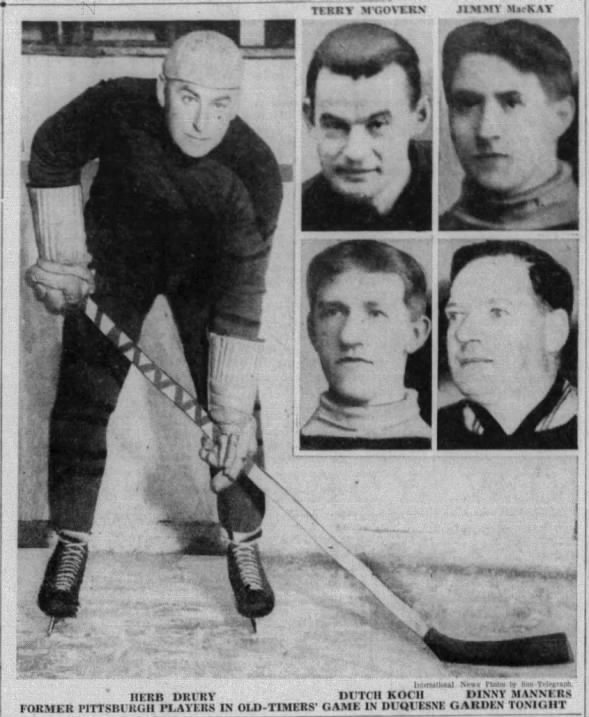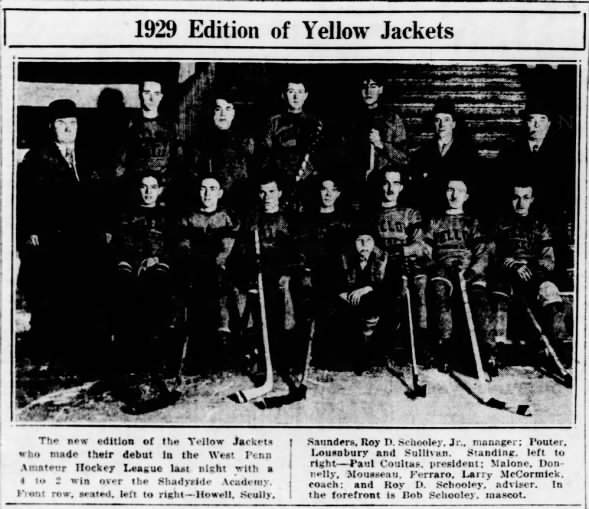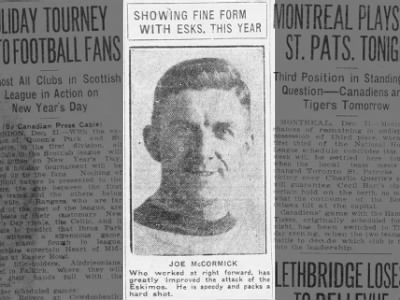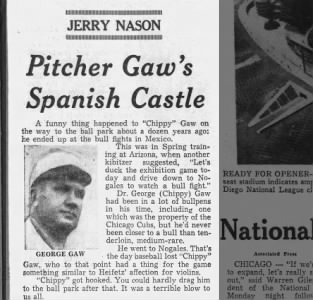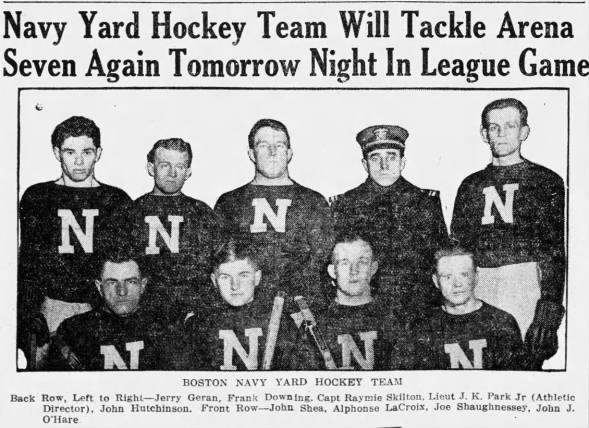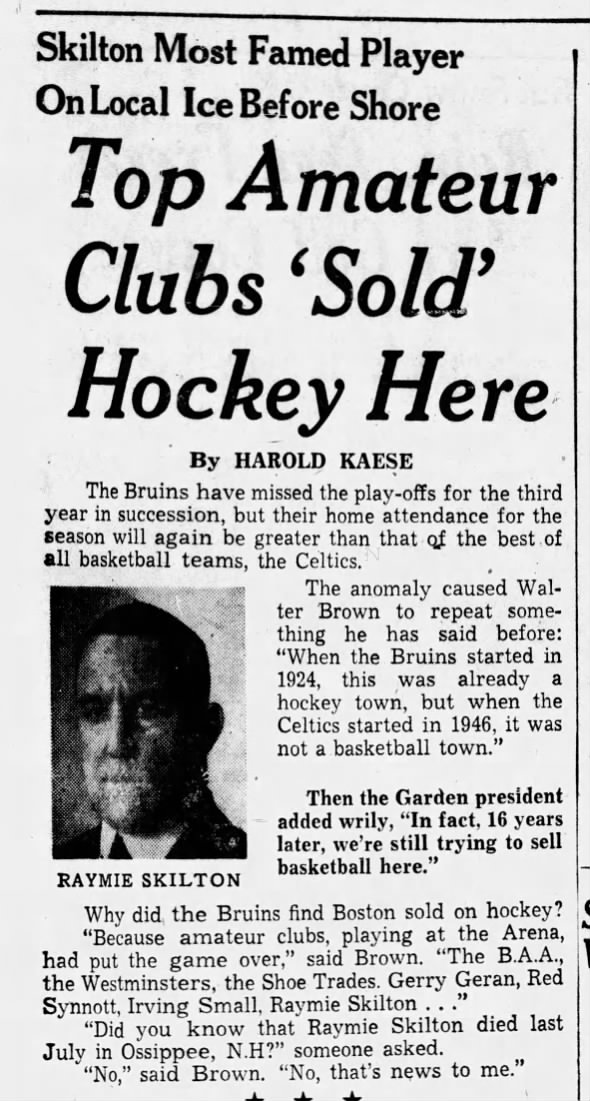The NAHL: Herbert “Herb” John Drury
Herbert “Herb” John Drury’s reality became about hockey leaving him rather than him leaving hockey. The Midland native became hockey greatness with an innate skill that challenged Hobey Baker for greatest American player of his day. However, time and injury slowed the hero. Although he attempted to become a referee, he failed to make the transitions necessary to remain attached to the sport. Despite an unceremonious end, Herb long remained the standard for comparing new players well after he passed.
The two-time Olympic Silver medalist skated into the world on March 2, 1896 in Midland, Ontario. After the 1915/16 season in Port Colbourne, he transitioned to St. Paul. However, he only briefly stayed. By the 1916/17, Roy Schooley convinced him to move to Pittsburgh.
For the next ten years, Herb dominated hockey. He played at the rover position in seven-man hockey. In seven-man hockey, all positions moved along fixed lines except the rover. The center is roughly an equivalent position in modern (six-man) hockey. The rover needed excellent skating skills to succeed. By all accounts, Herb darted around the enabling the wingers to score.
During next ten years, Herb starred on an all-star, all- Canadian team. They were called the Pittsburgh All-stars. Teammates included Joe and Larry McCormick and many others. They won three United States amateur hockey championships in seven seasons. When the Pittsburgh Yellow Jackets turn professional, Herb went with them.
Despite an explosive inaugural seasons, the Pittsburgh Pirates struggled in the NHL and they struggled financially. Additionally, Herb’s age started to show. He fell out of starting positions to Lionel Conacher and others. When the Pirates moved to Philadelphia, Herb moved with them. The Quakers struggled worse than in Pittsburgh. The Quakers unceremoniously and quietly dismissed Herb in mid-February 1931.
At the end of his playing career, Herb felt hockey owed him. However, that can be debated. He got at least one game as an NHL referee. He performed two years as a Pittsburgh area collegiate and amateur hockey referee. Finally, he participated in most of the Pittsburgh old-timers hockey games which gave exposure to his Oakmont restaurant.
While he attained glory on the ice, off-ice matters were more modest moderate. Herb worked as a mill wright prior to enlisting in WWI. After all the hockey and restaurant business matters, he returned to the steel industry. He eventually retired from U.S. Steel. In the late-20s, Herb married, but they divorced in the early-40s. Herb’s address always seemed to be tied to another parent or relative. Additionally, Herb possibly suffered from concussions. All potential stressors on someone who just wanted to play hockey.
Herb died in a VA hospital on 30 July, 1965. When the press mocked his beer keg physique, he attempted to get back into shape. When hockey left him, he complained a bit and then moved on. However, they held him up as a standard to compare greatness. He never forgot them.
Research notes: Official US Government records and various databases attribute different middle names, birth, and death dates. An alternate middle name is Joseph. Common alternative birthdates include April 2, 1896, July 2, 1896, and even dates in years 1894 and 1895. Some of these dates are in official government documents indicating sloppy clerical work. The most common incorrect death date is July 1, 1965.
Sources:
1. Herb Druryhttps://www.heinzhistorycenter.org/blog/western-pennsylvania-history/olympics-ice-herb-drury
2. Philadelphia Quakers Release Herb Drury, Pittsburgh Post-Gazette, 24 February 1931. https://www.newspapers.com/clip/35539039/pittsburgh_postgazette/
3. Herb Drury Stats: https://www.sihrhockey.org/member_player_sheet.cfm?player_id=6887 (Note: Requires a paid account)
4. https://en.wikipedia.org/wiki/Pittsburgh_Yellow_Jackets
5. https://en.wikipedia.org/wiki/Pittsburgh_Pirates_(NHL)
6. Pittsburgh Post, Pittsburgh Gazette, Boston Globe, and other newspapers courtesy of newspapers.com
